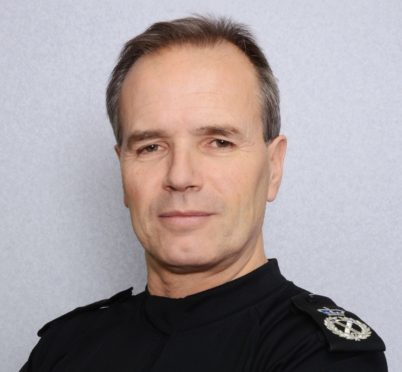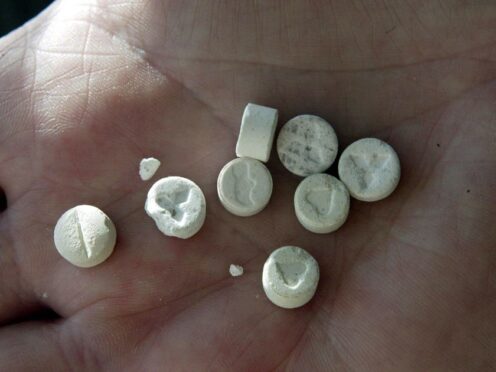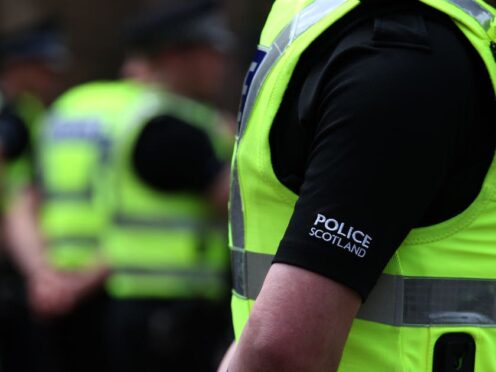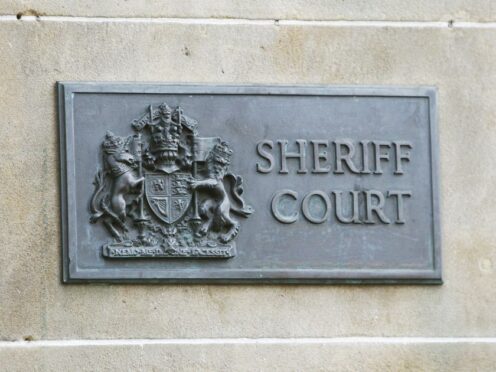Police Scotland’s first chief constable – who was forced into early retirement after a woman was left dying in a car by the M9 was three days – has won a new job with The Met in London.
Sir Stephen House will join The Met’s management board as an assistant commissioner next month.
He was appointed Police Scotland’s first chief constable in 2012, a year before Scotland’s eight forces merged.
He had previously been an assistant commissioner at The Met and chief constable of Strathclyde Police.
However, the nascent national force was dogged by controversies during his time in charge.
The Force was heavily criticised for its use of stop-and-search and for deploying armed officers on routine patrols.
But it was the deaths of Lamara Bell, 25 and John Yuill, 28 that eventually forced him to stand down early from his post.
The couple lay in their car by the side of the motorway for three days after it went off the M9, despite a member of the public calling Police Scotland’s non-emergency number to report the damaged vehicle.
Ms Bell was still alive when emergency services finally found her but died later in hospital.
Sir Stephen stepped down at the end of 2015 as as a result of the controversy and was replaced as chief constable by Phil Gormley, who resigned this month.
The Met revealed his appointment as assistant commissioner on Wednesday morning.
He will begin work on March 5.
The Met said he will “bring resilience and succession planning” to the Met’s senior leadership team.
Commissioner Cressida Dick said: “There is a huge amount of transformation taking place within the Met and at the same time we are dealing with rising demand and big operational challenges.
“I’m really pleased to appoint Steve to this role. He brings huge operational experience having previously served at senior levels in the Met and been Chief Constable of Strathclyde Police and then Police Scotland.
“He has also led some huge change programmes, most notably bringing together eight forces to form Police Scotland.
“Steve also has a strong track record in tackling violent crime – particularly domestic violence, knife and gang crime – both within the Met and then with huge success in Scotland.
“Having worked with Steve I know he has a passion for policing and public service that will be a great addition to our team.”
Sir Stephen said: “I am delighted to have the opportunity to return to the Met, at such a busy and challenging time. I joined the police to serve the public and it is an honour to be able to return to the Met and work as part of a really talented team to protect the public and fight crime in London.
“London is a fantastic city and deserves world class policing. It is exciting to return to the Met at a time of transformation and to be a part of the effort in delivering that.”
After leaving Police Scotland, Sir Stephen took up a consultancy role within the private sector.
During previous service with the Met he served as Deputy Assistant Commissioner and then Assistant Commissioner in charge of Central Operations and then the Specialist Crime Directorate, before moving to Strathclyde Police as Chief Constable in 2007.
His contract will run for five years.
He will draw his monthly pension for the duration of his contract with the Met.









